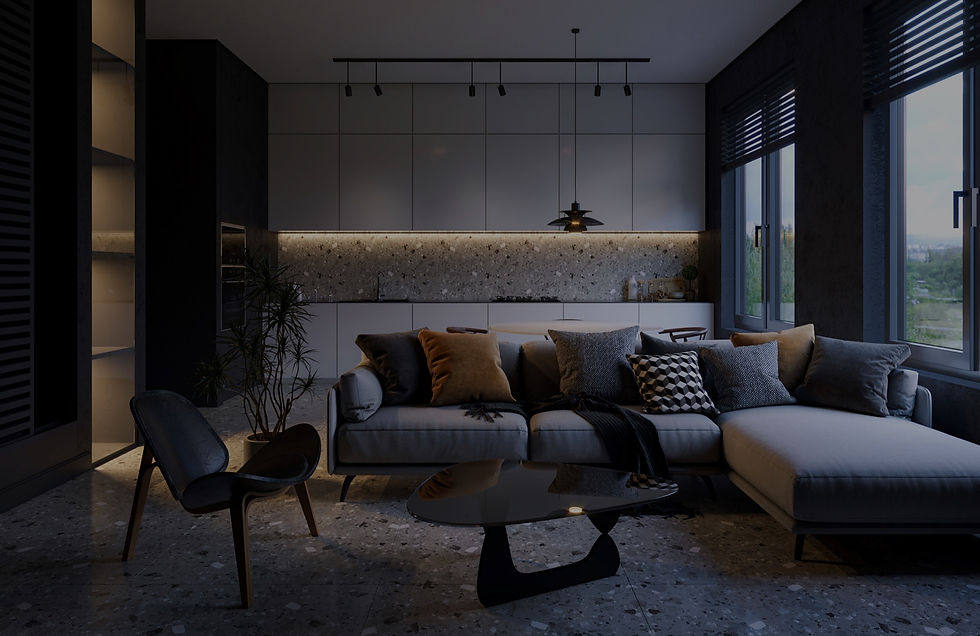
3D ARCHITECTURAL VISUALIZATION
ONLINE COURSE


Modeling
Framing
Lighting
Materials
Render Setup
Post Production
Transforming Your Imagination
OUR PROJECTS










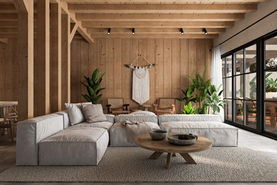







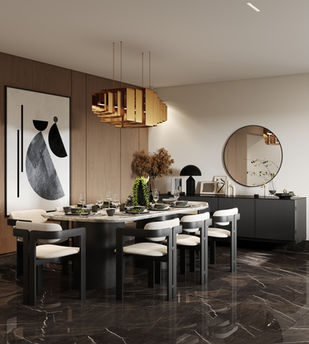






3Ds Max & V-Ray Course
What will you learn?


This stage focuses on clean and organized 3D modeling — from understanding the 3ds Max interface to mastering hierarchy, modifiers, and scripts. The clay render shows pure geometry without materials or lights, emphasizing form and structure before any detail is added.

Here, we explore how lighting transforms your scene. You'll learn to use V-Ray lights, HDRIs, and light mixing techniques to craft realistic moods and depth — whether it’s natural sunlight or interior ambience. This phase brings your clay model to life with shadows and highlights.

This is where everything starts to come to life. In this phase, we go through how to apply and fine-tune materials that make your scene believable — whether it's polished concrete, soft fabrics, glossy surfaces, or wood. We cover all types of materials to help you push realism in your renders.
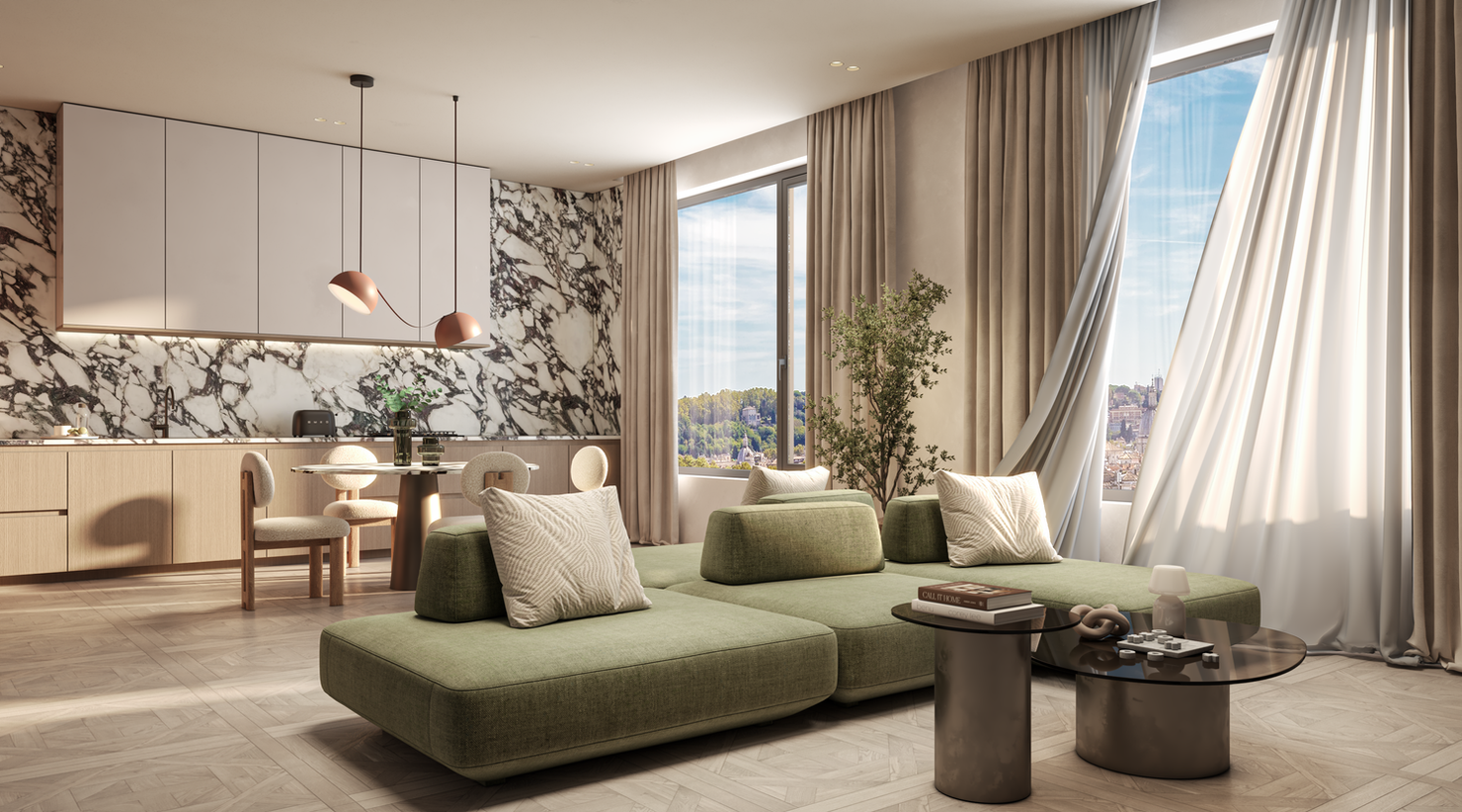
After rendering, it’s time to enhance. You’ll learn how to use EXR files, blending modes, camera raw filters, and smart objects in Photoshop to refine your image, adjust tones, and add subtle details — making your render truly stand out.


This stage focuses on clean and organized 3D modeling — from understanding the 3ds Max interface to mastering hierarchy, modifiers, and scripts. The clay render shows pure geometry without materials or lights, emphasizing form and structure before any detail is added.

Here, we explore how lighting transforms your scene. You'll learn to use V-Ray lights, HDRIs, and light mixing techniques to craft realistic moods and depth — whether it’s natural sunlight or interior ambience. This phase brings your clay model to life with shadows and highlights.

This is where everything starts to come to life. In this phase, we go through how to apply and fine-tune materials that make your scene believable — whether it's polished concrete, soft fabrics, glossy surfaces, or wood. We cover all types of materials to help you push realism in your renders.

After rendering, it’s time to enhance. You’ll learn how to use EXR files, blending modes, camera raw filters, and smart objects in Photoshop to refine your image, adjust tones, and add subtle details — making your render truly stand out.


This stage focuses on clean and organized 3D modeling — from understanding the 3ds Max interface to mastering hierarchy, modifiers, and scripts. The clay render shows pure geometry without materials or lights, emphasizing form and structure before any detail is added.

Here, we explore how lighting transforms your scene. You'll learn to use V-Ray lights, HDRIs, and light mixing techniques to craft realistic moods and depth — whether it’s natural sunlight or interior ambience. This phase brings your clay model to life with shadows and highlights.

This is where everything starts to come to life. In this phase, we go through how to apply and fine-tune materials that make your scene believable — whether it's polished concrete, soft fabrics, glossy surfaces, or wood. We cover all types of materials to help you push realism in your renders.

After rendering, it’s time to enhance. You’ll learn how to use EXR files, blending modes, camera raw filters, and smart objects in Photoshop to refine your image, adjust tones, and add subtle details — making your render truly stand out.


This stage focuses on clean and organized 3D modeling — from understanding the 3ds Max interface to mastering hierarchy, modifiers, and scripts. The clay render shows pure geometry without materials or lights, emphasizing form and structure before any detail is added.

Here, we explore how lighting transforms your scene. You'll learn to use V-Ray lights, HDRIs, and light mixing techniques to craft realistic moods and depth — whether it’s natural sunlight or interior ambience. This phase brings your clay model to life with shadows and highlights.

This is where everything starts to come to life. In this phase, we go through how to apply and fine-tune materials that make your scene believable — whether it's polished concrete, soft fabrics, glossy surfaces, or wood. We cover all types of materials to help you push realism in your renders.

After rendering, it’s time to enhance. You’ll learn how to use EXR files, blending modes, camera raw filters, and smart objects in Photoshop to refine your image, adjust tones, and add subtle details — making your render truly stand out.


This stage focuses on clean and organized 3D modeling — from understanding the 3ds Max interface to mastering hierarchy, modifiers, and scripts. The clay render shows pure geometry without materials or lights, emphasizing form and structure before any detail is added.

Here, we explore how lighting transforms your scene. You'll learn to use V-Ray lights, HDRIs, and light mixing techniques to craft realistic moods and depth — whether it’s natural sunlight or interior ambience. This phase brings your clay model to life with shadows and highlights.

This is where everything starts to come to life. In this phase, we go through how to apply and fine-tune materials that make your scene believable — whether it's polished concrete, soft fabrics, glossy surfaces, or wood. We cover all types of materials to help you push realism in your renders.

After rendering, it’s time to enhance. You’ll learn how to use EXR files, blending modes, camera raw filters, and smart objects in Photoshop to refine your image, adjust tones, and add subtle details — making your render truly stand out.


This stage focuses on clean and organized 3D modeling — from understanding the 3ds Max interface to mastering hierarchy, modifiers, and scripts. The clay render shows pure geometry without materials or lights, emphasizing form and structure before any detail is added.

Here, we explore how lighting transforms your scene. You'll learn to use V-Ray lights, HDRIs, and light mixing techniques to craft realistic moods and depth — whether it’s natural sunlight or interior ambience. This phase brings your clay model to life with shadows and highlights.

This is where everything starts to come to life. In this phase, we go through how to apply and fine-tune materials that make your scene believable — whether it's polished concrete, soft fabrics, glossy surfaces, or wood. We cover all types of materials to help you push realism in your renders.

After rendering, it’s time to enhance. You’ll learn how to use EXR files, blending modes, camera raw filters, and smart objects in Photoshop to refine your image, adjust tones, and add subtle details — making your render truly stand out.


CORONA COURSE
FRAMING & LIGHTING IS LIVE NOW!
MATERIALS, RENDER SETUP & POST PRODUCTION SOON!
PARTICIPANTS' WORK
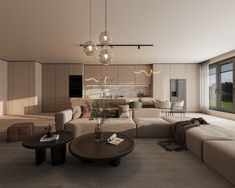


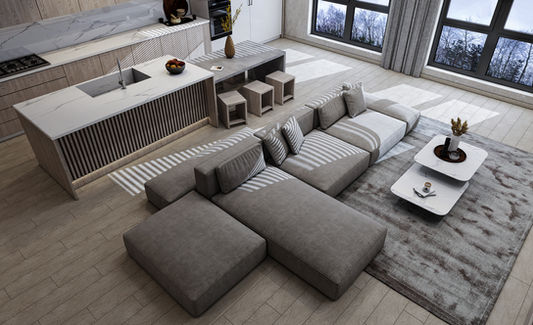




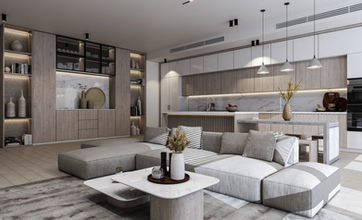
















OUR STORY

About Saif Visualizations
Since 2018, Saif Visualizations has specialized in 3D architectural visualization. We've had the privilege of collaborating with multiple interior design studios in Egypt and internationally. Our team at Saif Visualizations tends to focus on minor details in each project, producing high-quality 3D renderings. In March 2020, we began offering online courses for beginner and intermediate levels, utilizing the 3Ds Max Modeling Program, Vray Render, Corona Renderer, and Adobe Photoshop for post-production.
About the Instructor
Saif, an accomplished architect and teaching assistant, is currently pursuing an M.Sc. in Architectural Engineering and Sustainable Design. He has worked with multiple design studios in Egypt and currently works in the UAE. His passion for 3D visualizations has been evident since college. In March 2018, inspired by this passion, he founded Saif Visualizations. Since then, he's proudly mentored and instructed 200+ participants, showcasing his unwavering commitment to excellence in architectural visualization and education.

